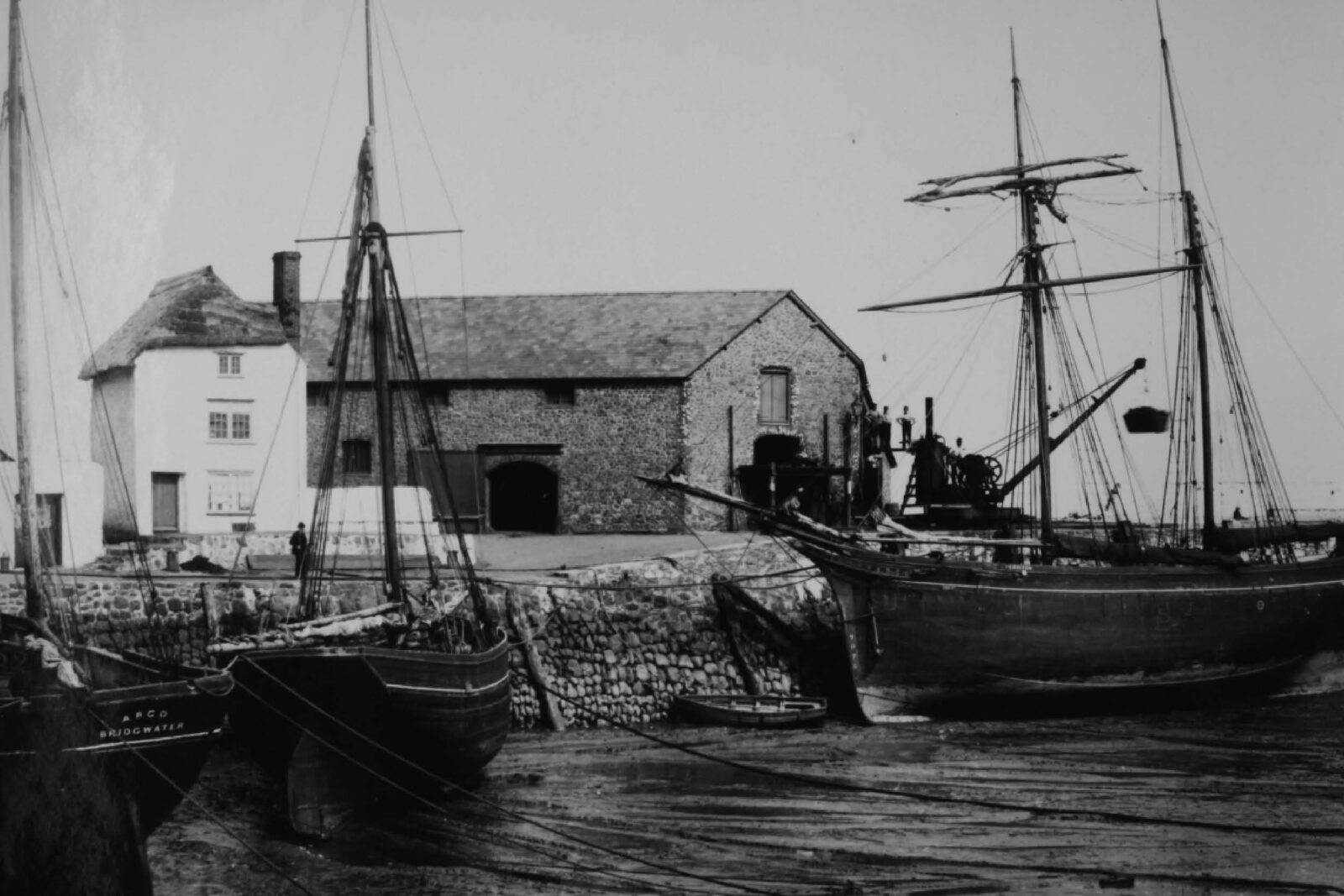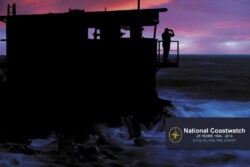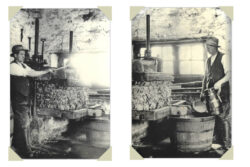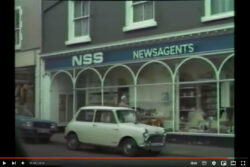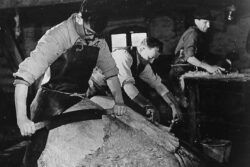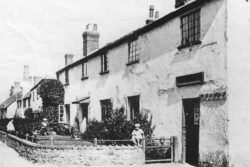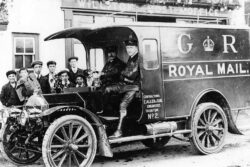The first reports of smuggling in England related to illegal exports rather than imports. Smuggling is by nature a secretive activity and it is only when a smuggler is caught that there is evidence of it taking place. This rarely occurred along the Exmoor Coast owing to its wild and inaccessible terrain. Fewer seizures of contraband were recorded here where less revenue men were employed than in many coastal areas. This is not to say that it did not take place. A series of place names along the coast suggests that it did such as ‘Brandy Path’ near Countisbury.
Smuggling was not just a question of evading paying duty but also harbour dues for the upkeep of quays and the restrictions of foreign imports in War.
In the reign of Charles 11 the Surveyor General of Customs having had reports of smuggling in Minehead arrived to inspect the port. He went to the Customs House to gather information from informants. What he found was an astounding catalogue of contraband running, corruption, violence and intimidation in this busy port.
John Fry, a stonemason, gave evidence that at Christmas 1681 a ship berthed in Minehead harbour. Once dark he had seen men unloading part of her cargo of wine and brandy. 30 Hogsheads were taken to merchant Thomas Wilson’s cellar. For four nights a wagon belonging to Mr Hooker of Taunton came to collect the goods. On one occasion two Minehead tidesmen (officials) stood and watched the loading of the wagon whilst Elias Blake, a local constable, had helped to move contraband out of the ship. In 1682 the two tidesmen confessed to smuggling.
One of them kept an alehouse and was persuaded to withdraw his confession by Francis Luttrell who promised to keep him in post. Luttrell, reputed to have acquired great wealth from smuggling, was in a position to bribe customs officials.
For 100 years smuggling almost reached the proportions of a national industry- 1750- 1830 being its heyday. In 1781 Lord Pembroke asked ‘Will Washington take America or smuggling England first.’ In 1804 2,776 gallons of wine and spirits, 106lbs of black pepper and 32 tons of salt was seized at the Minehead Customs House. By 1807 the Royal Navy was in the area to try and prevent smuggling Word was that lamps were hung on cattle horns below Greenaleigh Farm to guide boats onto the beach there!
Minehead’s economic mainstay for generations was herring fishing. Millions were caught from open boats but large numbers were also caught in huge fish traps or weirs, constructed of stakes interwoven with wattles around large,shore based pools. When the era of huge catches c.1797 ceased and these skilled seaman had to find alternative work, it is not surprising that ,with their intimate knowledge of the inshore waters that many chose to work for smugglers.
During its heyday smuggling embraced a wide range of luxury goods such as tea, coffee, tobacco,and brandy as well as less orthodox cargoes such as spices, immigrants and greyhounds.
It is ironic that many wealthy families who supported smuggling to obtain luxury goods were often, like the Luttrells ,owners of Quays which lost revenue because of smuggling.
Compiled by Sally Bainbridge on behalf of Minehead Conservation Society.
Buy the book! Minehead & Beyond
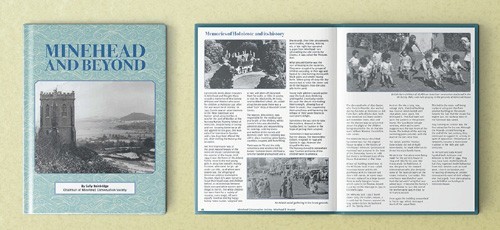
This book is a compilation of articles written for this magazine by Sally Bainbridge on behalf of Minehead Conservation Society. It contains information about the richness of West Somerset’s history; culture; people; heritage; traditions and beautiful and varied landscape. The book costs just Es and all profits go to Minehead Conservation Society.
Available to buy from AR Computing, Park Lane Home Furnishing (in their Park Lane shop), Minehead Tourist Information Centre and Townsend House (Monday am).
Office: Townsend House, Townsend Road, Minehead TA24 5RG (01643 706258) E-mail: [email protected]
